

FORWARD OPERATING BASE MAREZ, Iraq -- When the 101st Airborne Division captured this base back in 2003, an American tank blasted the turret off a T-72 tank, catapulting it into the side of St. Elijah's Monastery.
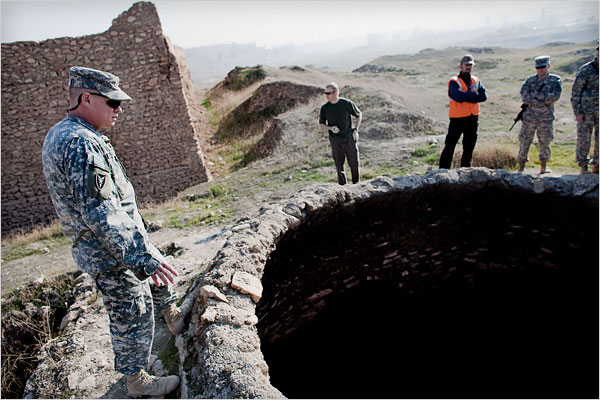
The force buckled a wall of mortar and stone that had stood for more than 1,000 years here in one of the earliest redoubts of Christianity. Such is the tragedy of war.
The division then made the site a garrison and painted its emblem on the stucco above the low door to the monastery's chapel. The insignia remained there until a chaplain contemplated the righteousness of having "Screaming Eagles" adorn a house of God.
"That's not right," the chaplain said, as the story goes.
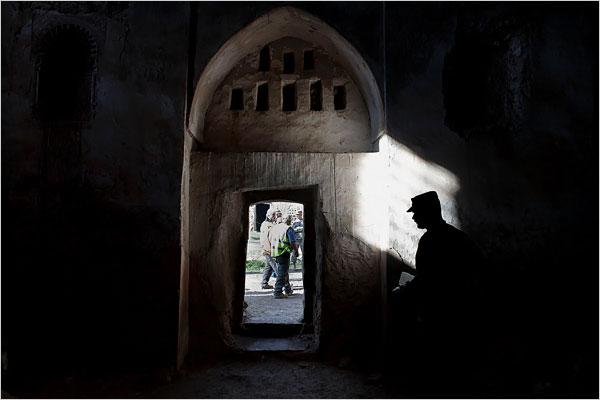
Thus began the accidental American stewardship of St. Elijah's, an ancient site of Christian worship and martyrdom now stuck in the middle of a sprawling military base just south of Mosul, in northern Iraq.
Now, in one small act of preservation, and perhaps penance, the Americans hope to restore St. Elijah's. Army engineers have drawn up plans to shore up the roof and walls of its main sanctuary -- believed to have been built in the 11th century -- before the last American troops leave the monastery to an uncertain fate.
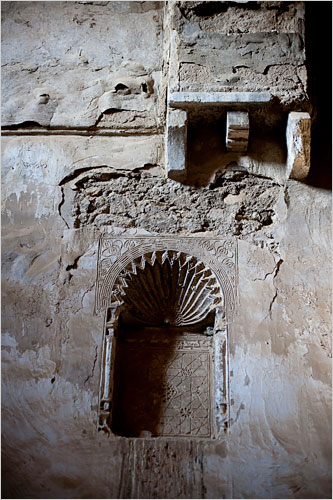
"We get so close sometimes, but we don't finish," Master Sgt. Howard C. Miller said, referring to the unfinished business that increasingly consumes the American military as a deadline for withdrawal nears. "I'd really like to see this through."
The sergeant is a nurse, the senior noncommissioned officer at the combat hospital here on Marez, but either by coincidence or higher purpose, he is also a master stone mason, experienced in historic preservation back home.
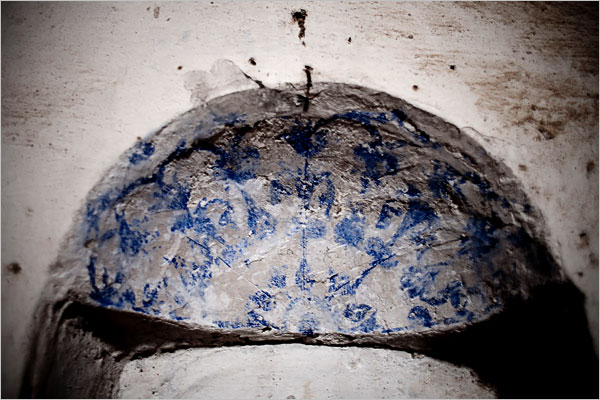
In his offhours, he has gathered the broken chunks of mortar from St. Elijah's. In a garden behind the hospital, he has refired the chunks on a grill and then pulverized them in an attempt to recreate the mortar used more or less the way it was 1,000 years ago to rebuild the parts of St. Elijah's that remain standing. He calls it "the world's oldest recycling program."
As historic sites in Iraq go, St. Elijah's has little of the significance of the ruins of the great Sumerian, Babylonian and Assyrian civilizations, all endangered by decay and looting. The ruins of Nimrud, Hatra and Nineveh are only a few miles away. So is the tomb of the Old Testament prophet Jonah, and that of another, Nahum, whose short chapter in the Bible warns Nineveh of its destruction.
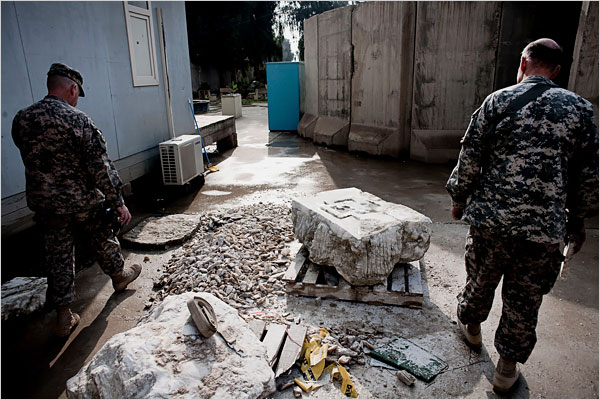
"Nineveh is like a walk through the Bible," said W. Patrick Murphy, the leader of the American provincial reconstruction team here, which is coordinating the restoration, referring to the modern name for the province that includes Mosul.
In the years of American occupation, St. Elijah's became a curiosity, a diversion for soldiers and contractors who might otherwise never leave the base and encounter Iraq's deeply layered history. Amid the hardship of modern military operations, it once again became a place of prayer.
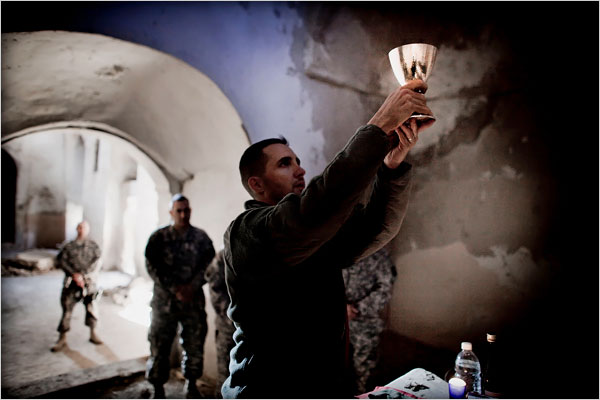
"We stand in a long line of people who bequeathed the faith to us," said Maj. Jeffrey Whorton, a Roman Catholic chaplain, presiding over Mass in the monastery the other day, attended by three camouflaged soldiers, their rifles leaning in a corner.
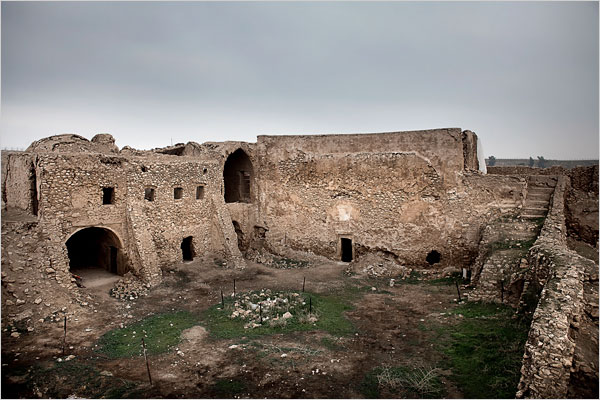
Little definitive is known about the history of St. Elijah's, or Dair Mar Elia. The site has never been studied or excavated, according to the State Board of Antiquities and Heritage, which oversees all of Iraq's historic sites. Before the war, Iraq's Republican Guard occupied the base and, according to the Americans, used the cistern as a latrine.
The board, which has previously been critical of American activities at ruins, including Babylon, is now reviewing the proposal to restore St. Elijah's.
The monastery is believed to date from the late 500s, when Elijah, an Assyrian monk, traveled from what is now Turkey. It later became part of the Chaldean Catholic Church. Terraced hillsides nearby are evidence of cultivation that sustained the monks who lived here. The valley where it stands would be lovely were it not for the ruined remains of Saddam Hussein's Fifth Army Corps nearby and the ever smoldering pit where the Americans burn trash and sewage down the road.
In 1743, a Persian king swept through the area and ordered the monks to convert to Islam. They chose instead to die. In a violent place where Christians are still targets, most recently in bombings this week that struck two churches in Mosul, St. Elijah's history resonates.
"May I be committed like those who lived here and perished instead of denouncing their faith," Maj. Julian L. Padgett, a Baptist chaplain, prayed after leading soldiers and contractors on the weekly Friday tour of the monastery.
The monastery itself has 26 rooms, built around a central courtyard, in various stages of decay. Graffiti in English and Arabic mar some walls. "Adi

or register to post a comment.